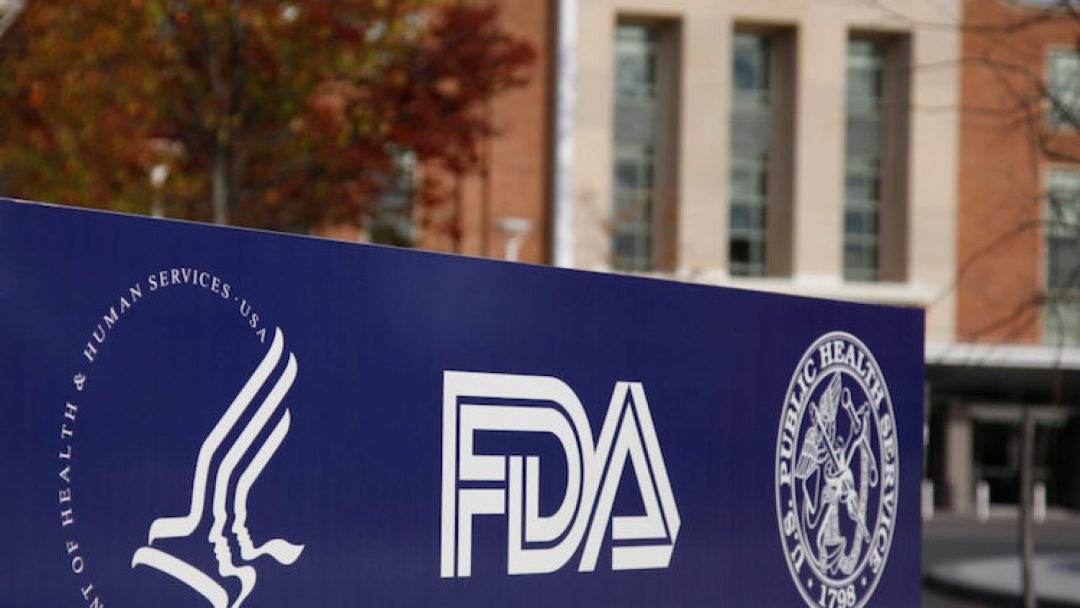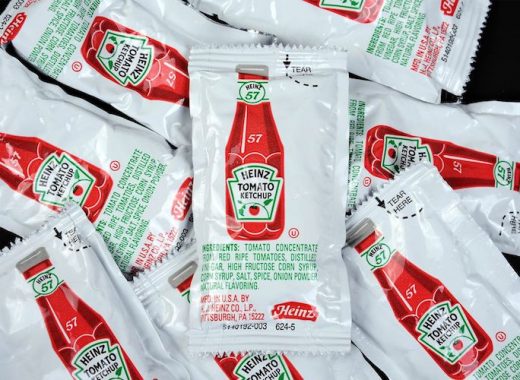According to the US Food and Drug Administration, PFAS chemicals are in US food supply. The FDA announced the presence of these “former chemicals” on Monday.
PFAS stands for perfluoroalky and polyfluoroalkyl substances, and they are very persistent in the environment and human body.
They can easily migrate in the air, dust, food, soil, and water. They usually settle in the blood, kidneys, and liver. They have been linked to liver damage, thyroid disease, decreased fertility, high cholesterol, obesity, hormone suppression, and cancer.
A study conducted by the CDC in 2007 estimated the chemicals could be detected in the blood of 98% of the population.
The manufacture of PFAS chemicals began in the 1940s, and they’ve been widely used for their ability to repel water and oil. They’re present in non-stick products, stains, paints, cleaning products, food packaging, and firefighting foams.
A dairy farm located in close proximity to a US Air Force Base was tested by the FDA. The Air Force base used firefighting foams containing PFAS. It was found that area water samples containers 35 times greater than the amount of PFAS the US Environmental Protection Agency says is safe, which is 70 parts per trillion.
Thirteen samples from the dairy farm were analyzed, including water, animal feed, and milk samples. All of the samples had detectable PFAS that had a chemical structure similar to what was used in firefighting foams. The FDA “determined to be a human health concern and all milk from the farm was discarded.”
Even if an animal is removed from the environment, the chemical will still be present. It was take 1.5 years for the chemicals to break down if an animal were only exposed for 30 days.
Produce from other farms were analyzed as well, and much of the produce was sold at local farmer’s markets. It was discovered that area water wells were contaminated with the PFAS called GenX.
Fifteen of the twenty produce samples tested showed detectable levels of PFAS. However, the FDA states the “samples were determined not likely to be a human health concern.”
The Response
In April 2019, the EPA announced a new PFAS plan, and it included setting a maximum contaminant level for PFOS and PFOA.
The FDA declared its commitment to understanding the role of PFAS in food and the environment. The FDA also established an internal group to evaluate the issue of PFAS. They are also working with state partners to establish local testing laboratories.








